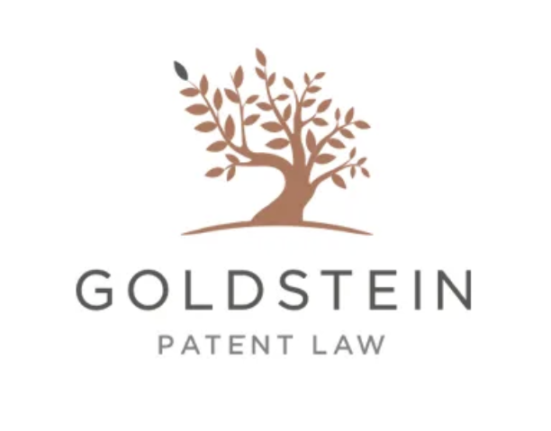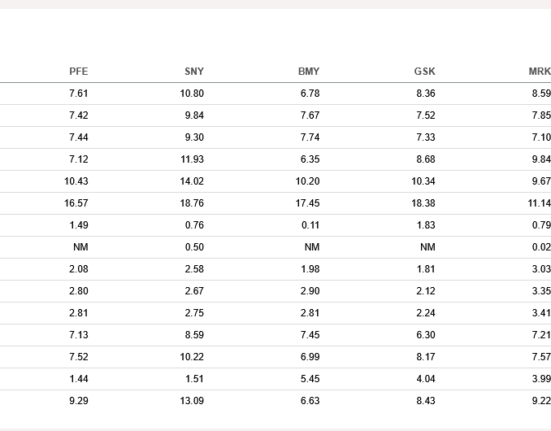Tariffs charged on new products coming into the country are making old products look a lot better. … More
The uncertainty surrounding tariffs is creating paralysis in retail supply channels.
Wholesalers can’t tell retailers what the price of their products will be. That leaves retailers stuck — they can’t place orders and they can’t afford to have empty shelves.
A Solution That No One Expected
Almost every wholesaler and brand has a problem they don’t like to talk about: old inventory. That’s product that they couldn’t sell or they ordered too much of it and it’s outdated, out-of-fashion and unsalable. Often that product is over a year old and it’s worth as little as 10% of what it was bought for.
In the past, wholesalers and brands tried to downplay how much old inventory they have. The company accountant tells them they have to declare a loss on it and that reduces reported earnings. If they borrow from a bank, the bank will say that inventory is ineligible as collateral for a loan. Many companies try to hide it but it’s a problem that almost never goes away.
In the mergers and acquisitions business, when inventory is discovered to be older than represented in a company being sold, it can create losses and can kill deals. Old inventory is a huge liability in the consumer product business for brands, wholesalers and retailers.
Tariffs Turn The Value Of Old Inventory On Its Head
Sam Hafif, CEO of Concept One Accessories, told me “Retailers are now revisiting inventory they were not interested in a week ago.”
With retailers looking at the prospect of empty stores and wholesalers unable to say what they would charge for new products, the availability of old, obsolete inventory that no one previously wanted has become an important asset.
A lot of consumers who have a choice between older inventory at the old price and new inventory at a much higher price after adding tariffs are going to choose the lower-priced alternative. What was worth 10 cents on the cost dollar is now worth about 80 cents. Many writeoffs are now being reversed.
If tariffs remain high, they will be a huge challenge and many companies will be destroyed by the reduction in sales that results from the substantial increase in costs and consumer prices.
But there are going to be companies whose old, unsalable, ineligible inventory was accumulating, tying up their capital and causing huge losses that will find a payday. Their locked-up capital will turn into cash, they will have a new chance to do better with future products and their lenders won’t have to turn down a bigger credit line.
No one can say how the tariff situation will turn out. But for some companies and lenders, a previous problem situation will get resolved, financial standing will be improved and the company will be in a better position to deal with the uncertainty ahead.







